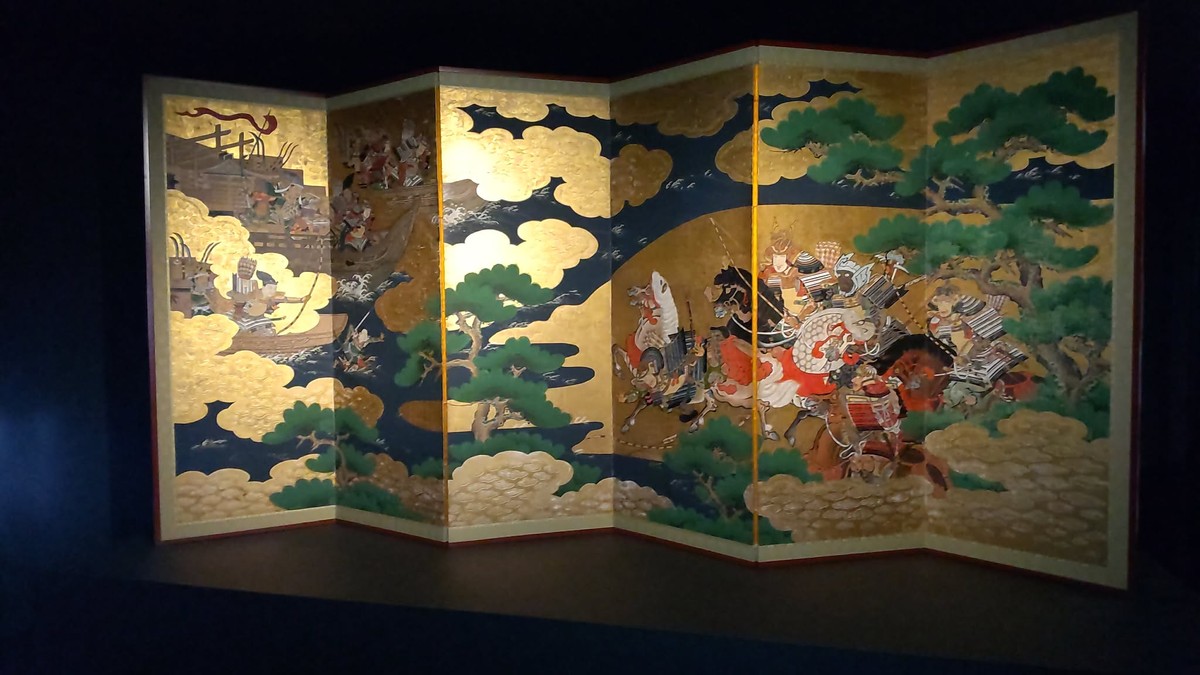
Last week I visited Nara Prefecture again with my husband. Every once or twice a month I enjoy going out for meals with him or my friends.
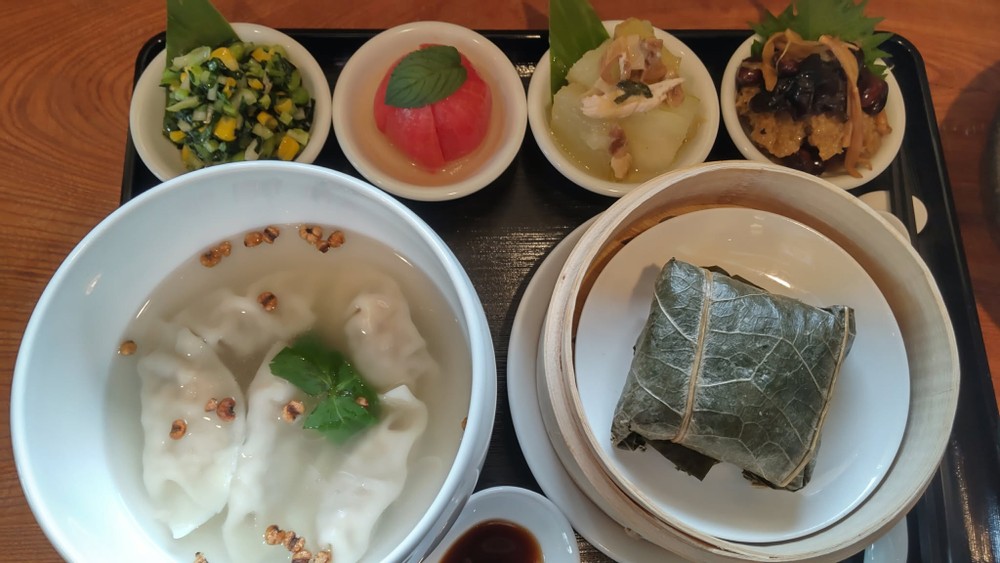
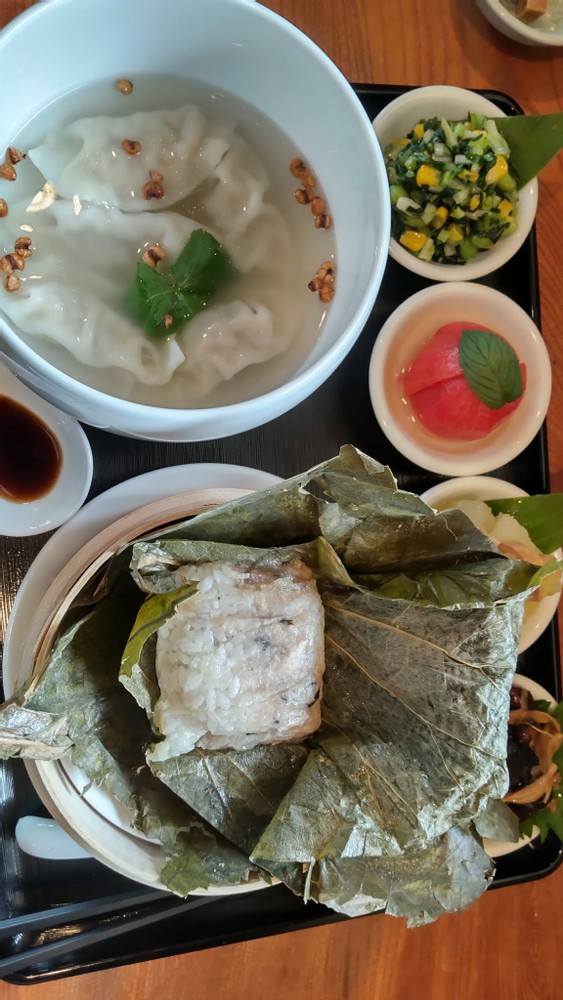
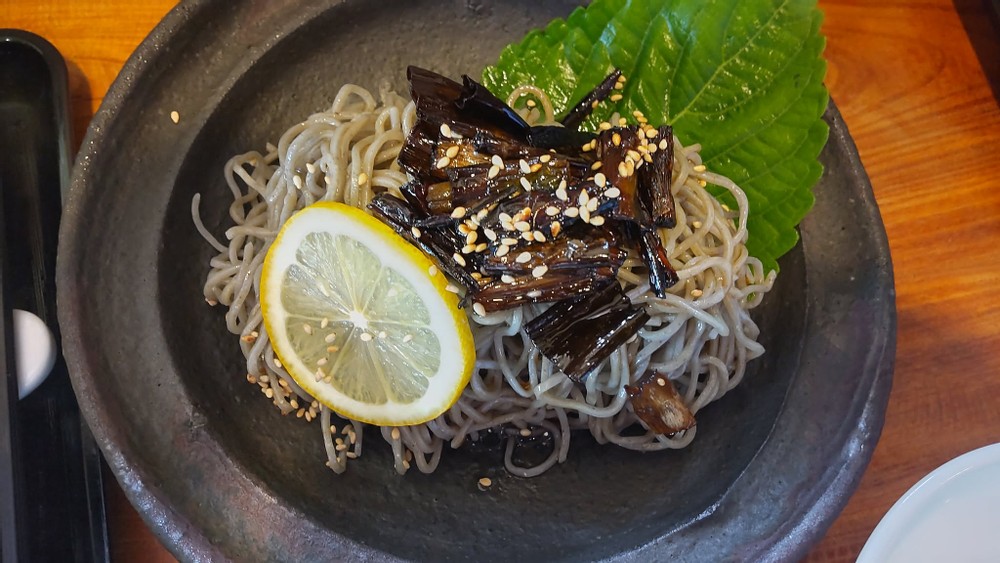
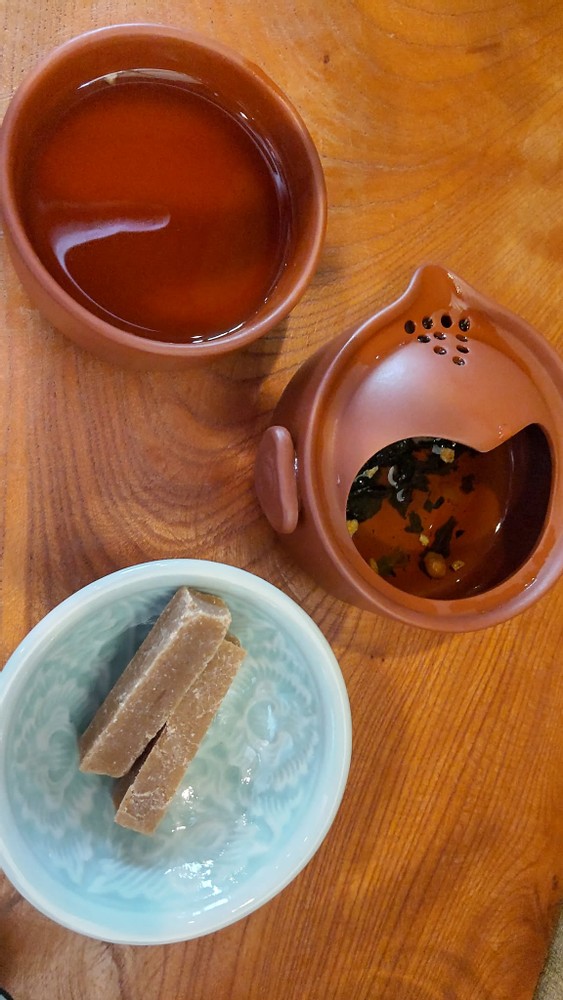
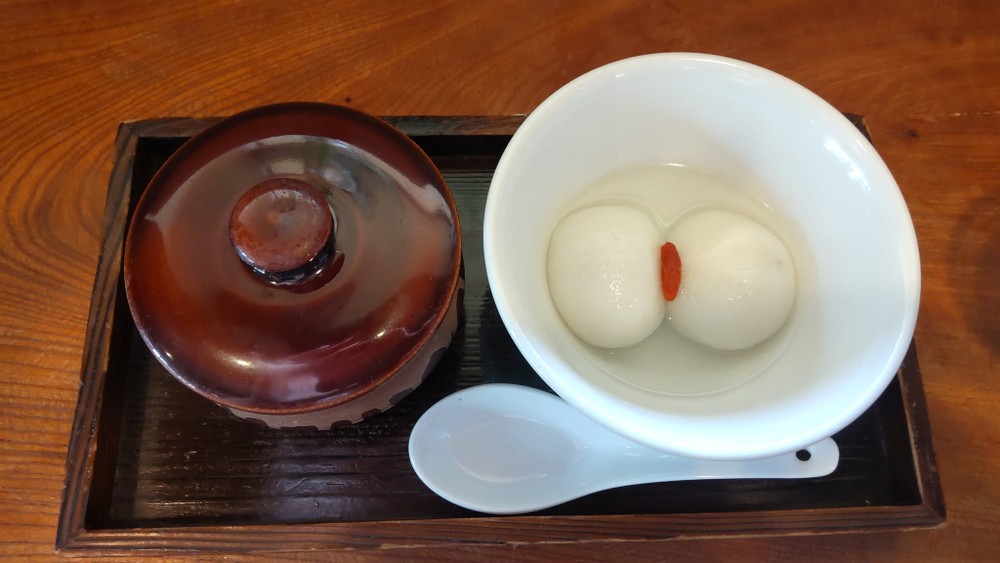
After enjoying it, we went to an exhibition about Japanese armors. I had been looking forward to seeing them because I wanted to do some research for my painting. The exhibition has been holding for two months, and it is divided into two different parts. So, we'll return to the show again to see the second half as well.

Photography was only allowed on the first floor. The picture below shows a breathtaking holding screen painting of Minamoto no Yoshitsune and Benkei. Yoshitsune was a younger brother of the first shogun of the Kamakura shogunate, and Benkei was a warrior monk and a loyal bodyguard of Yoshitsune. Yoshitsune was so brilliant as a military commander that his brother, Yoritomo worried Yoshitsune might take over his position. Yoritomo ended up killing Yoshitsune, but some people believed that Yoshitsune escaped to Mongolia and became Genghis Khan.
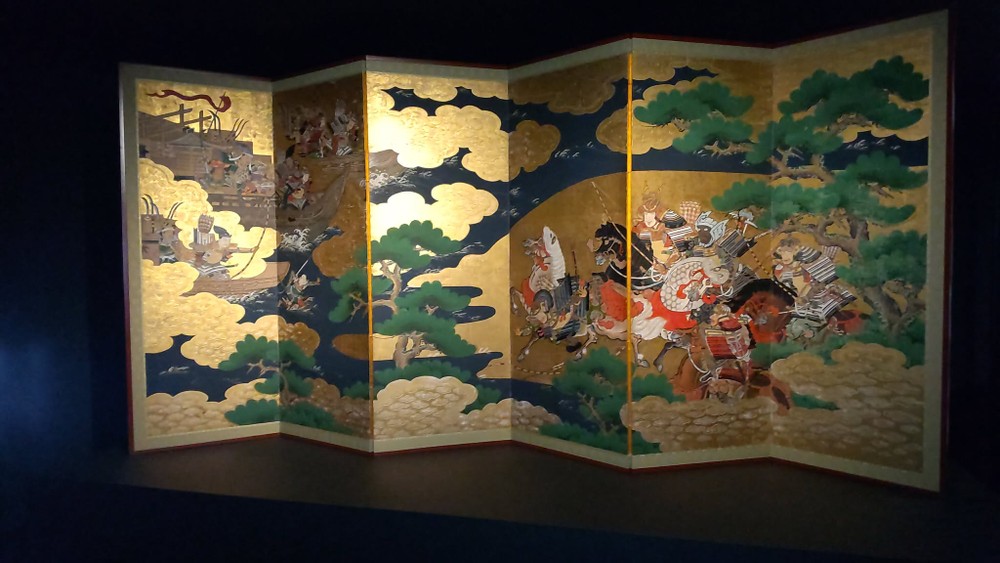
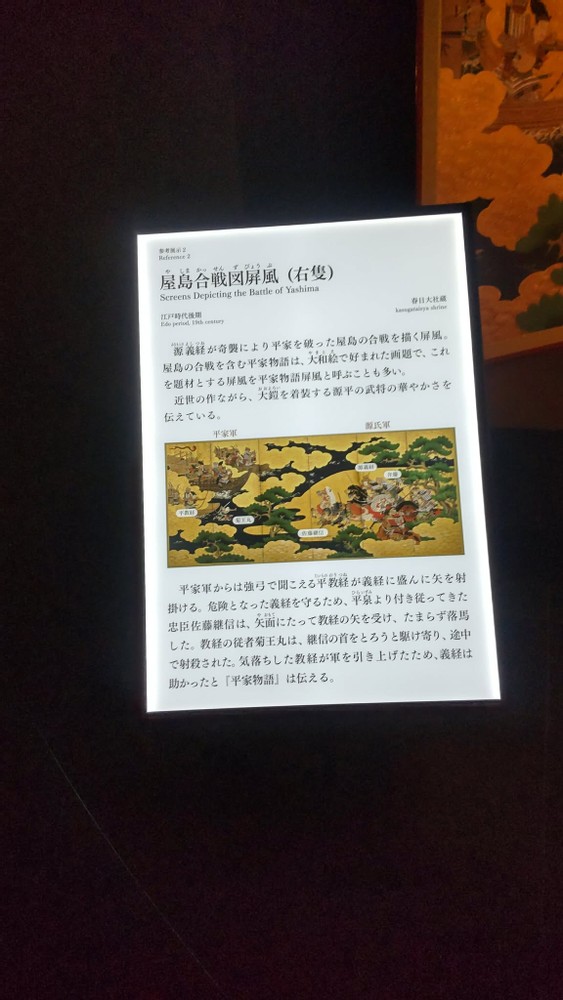
Some pictures below show an armor suit's illustrations. During the Edo period, the original one was burned, so the Edo shogunate ordered to recreate it. The illustrations were used for it. Unfortunately, most of modern Japanese people including my husband and myself, can't read the cursive scripts.
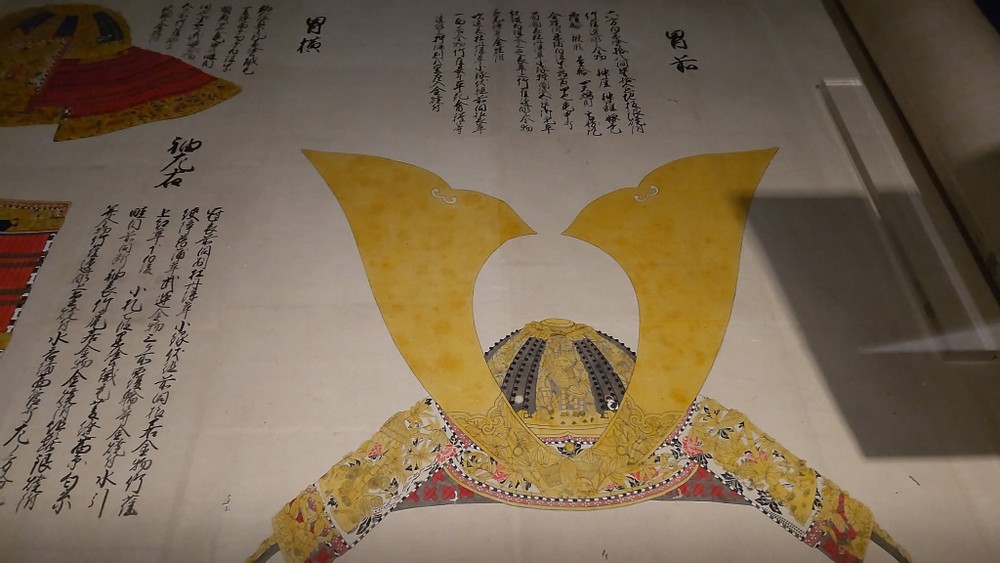
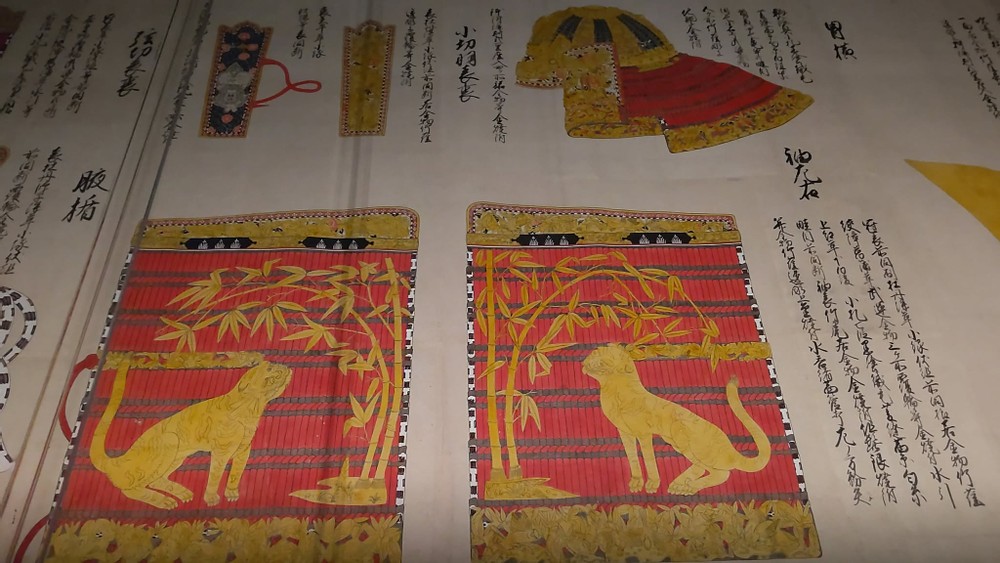
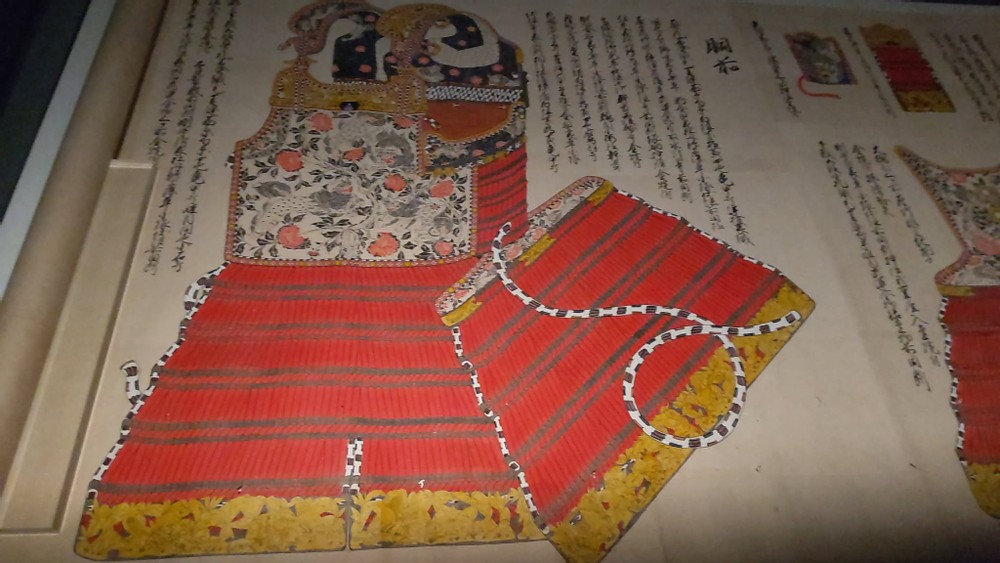
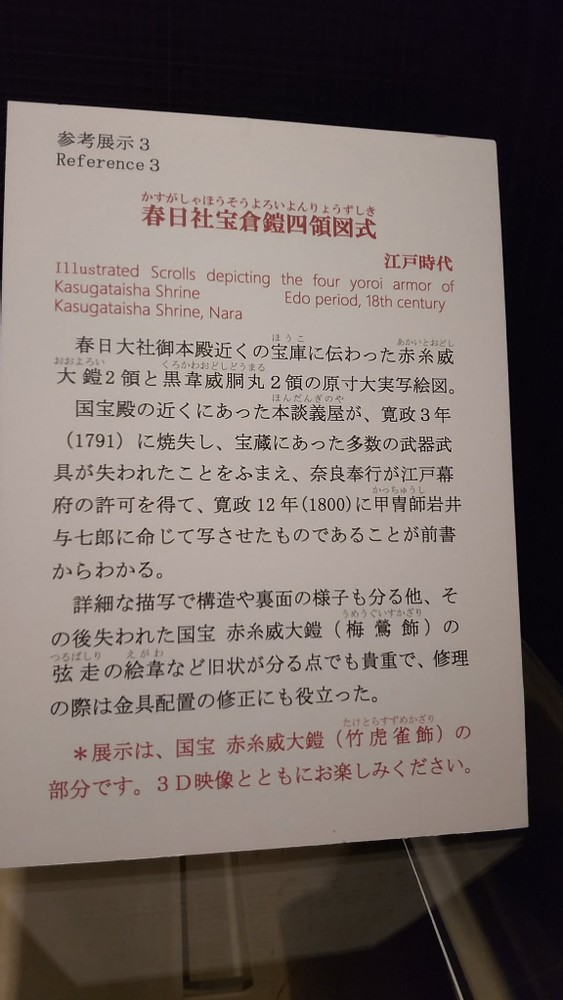
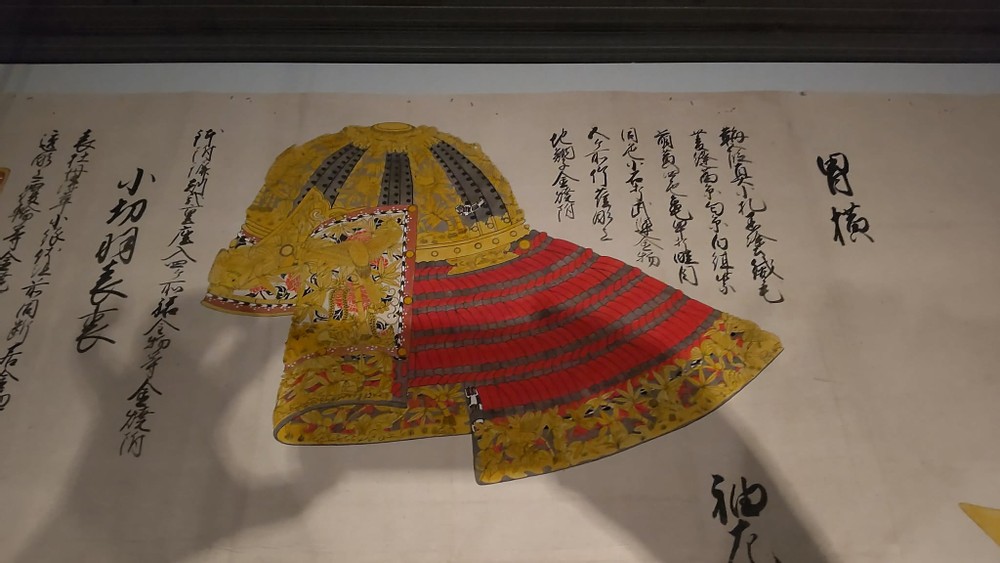
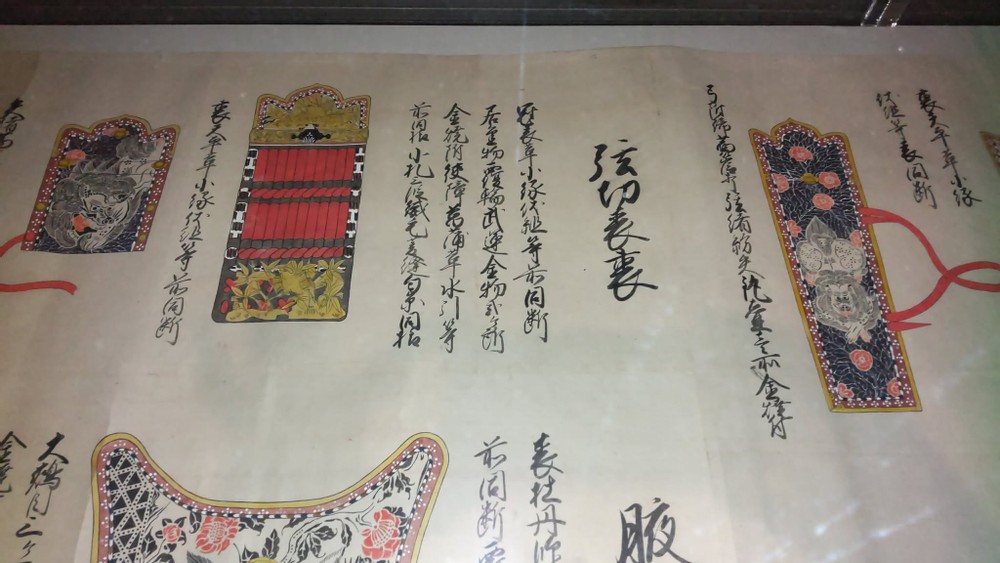
Some of the pictures below show instruments and a uniform for kagura (Japanese Shintoism music).
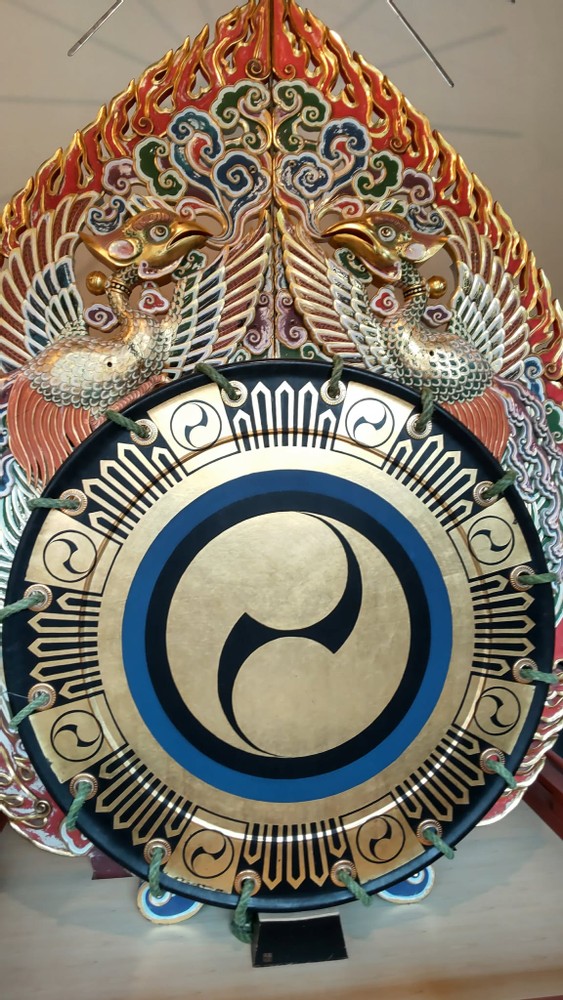

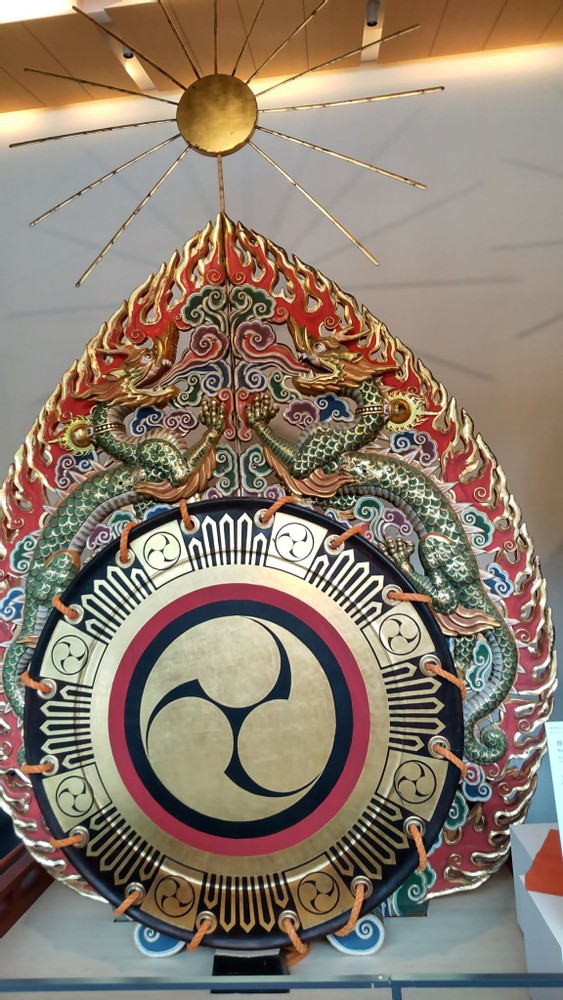
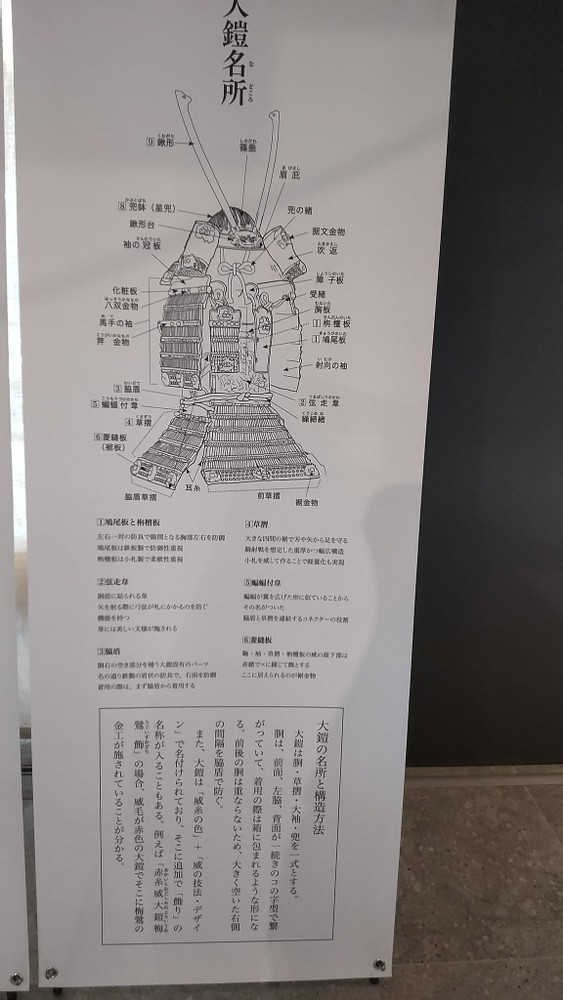
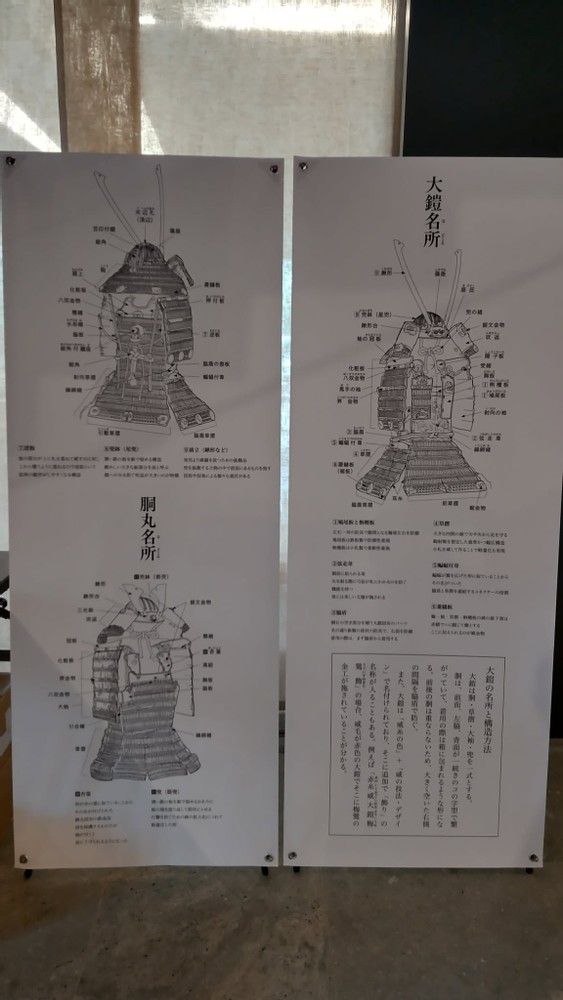
I bought a catalog as always and took some photos from them. So, I'd love to share them with you here. These armors were made in the 13th to the 14th centuries and called ō-yoroi, which means "great armor". Back then the main style of battle was horseback archery, so to protect bodies from the allows, they were invented. The most ornamental ones belonged to only the high-ranking samurai people.
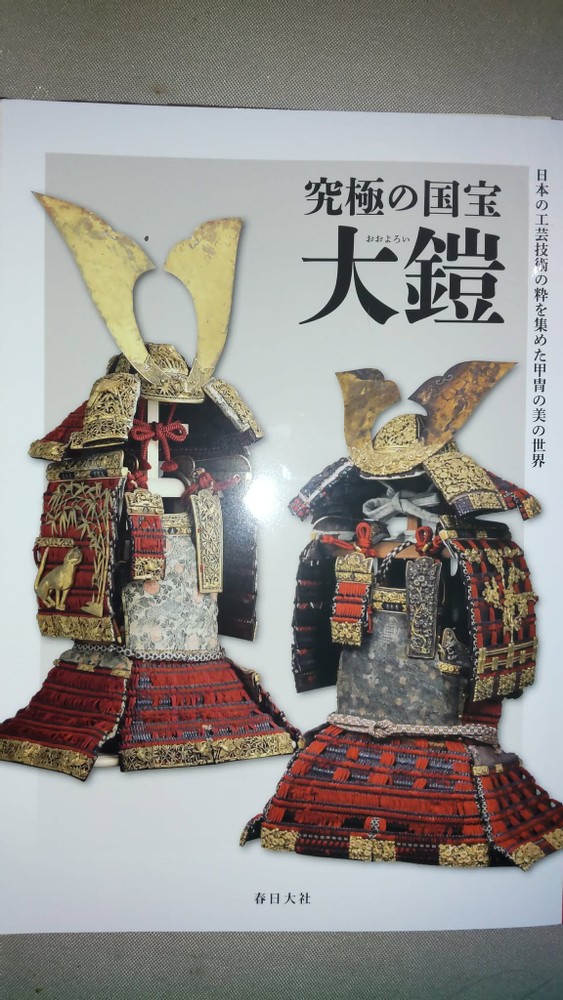
The first suit of armor in the picture below was made in the 14th century during the Kamakura period. It's said it was belonged to Minamoto no Yoshitsune. The armor is decorated with around 100 different looking sparrows.
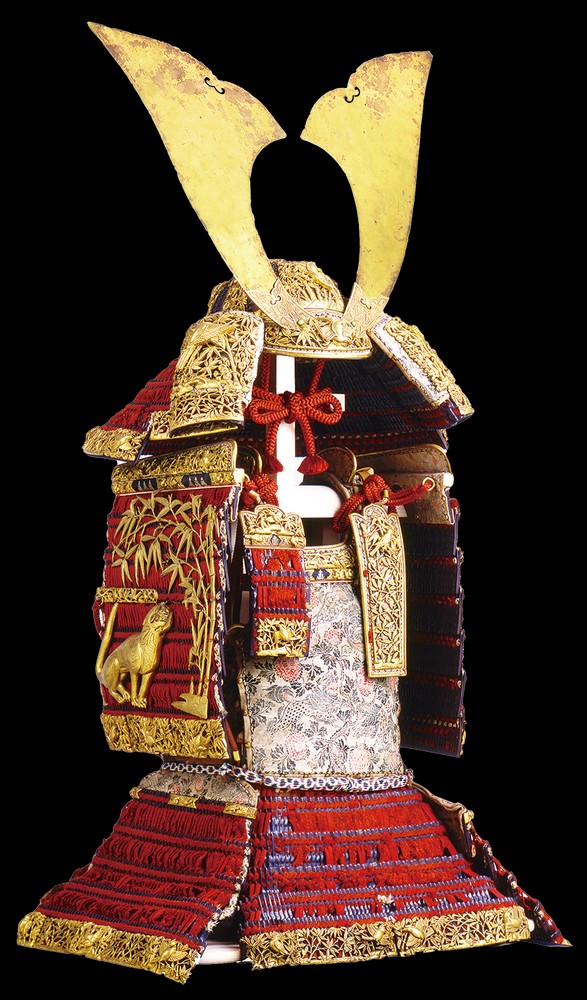
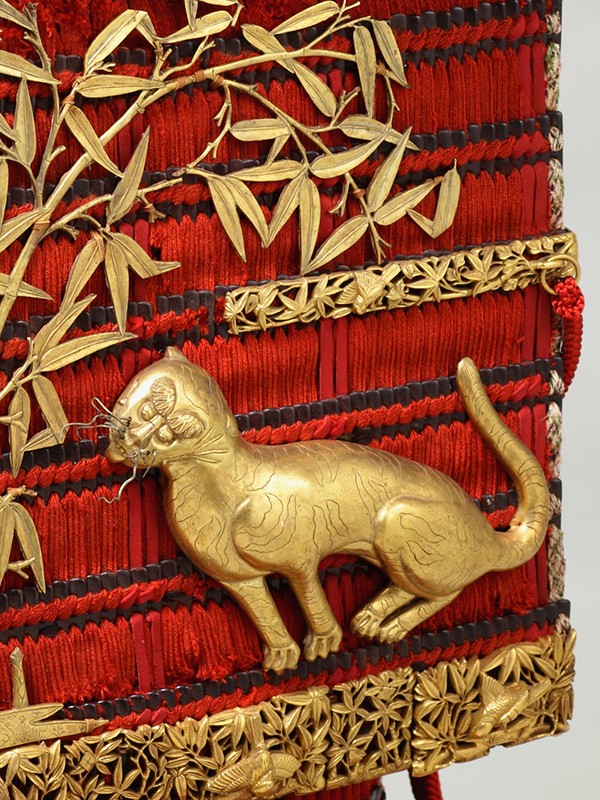
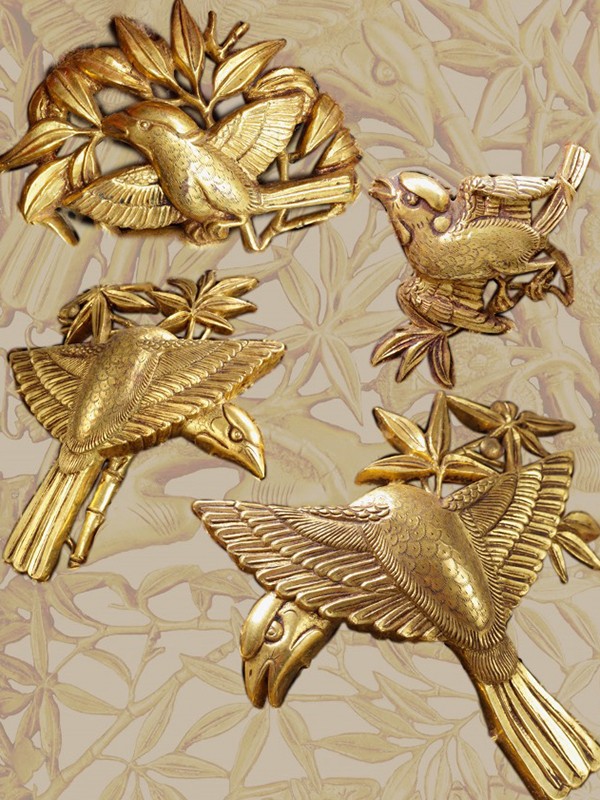
The next suit in the picture was also made in the 14th century during the same period.
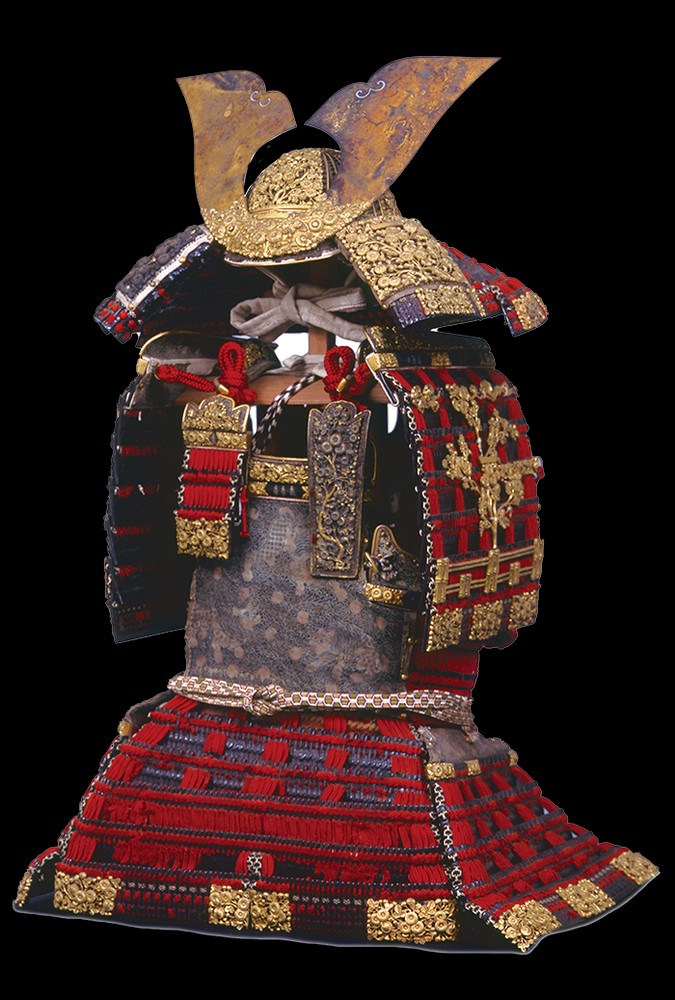
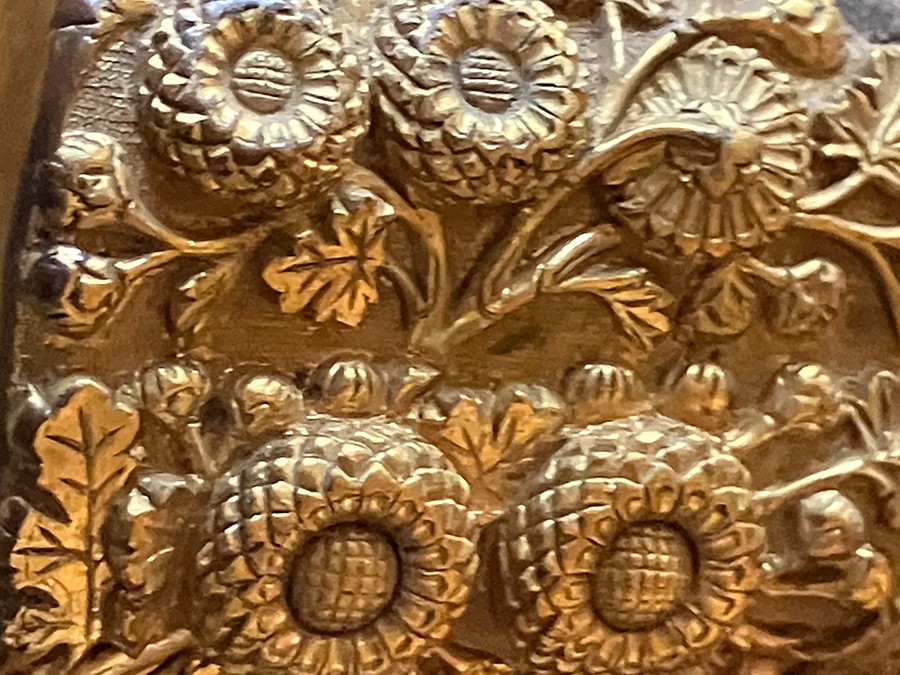

The third one was also made in 13th century during the Kamakura period. The eighth shogun, Tokugawa Yoshimune from the Edo period was very admired by this beautiful armor, and he ordered to make the exact same design for himself.
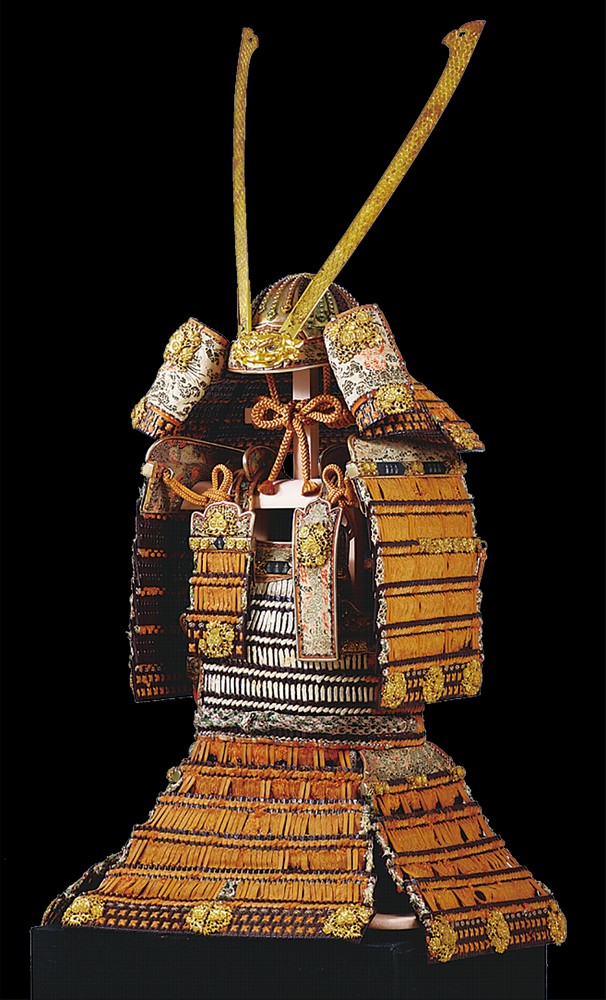
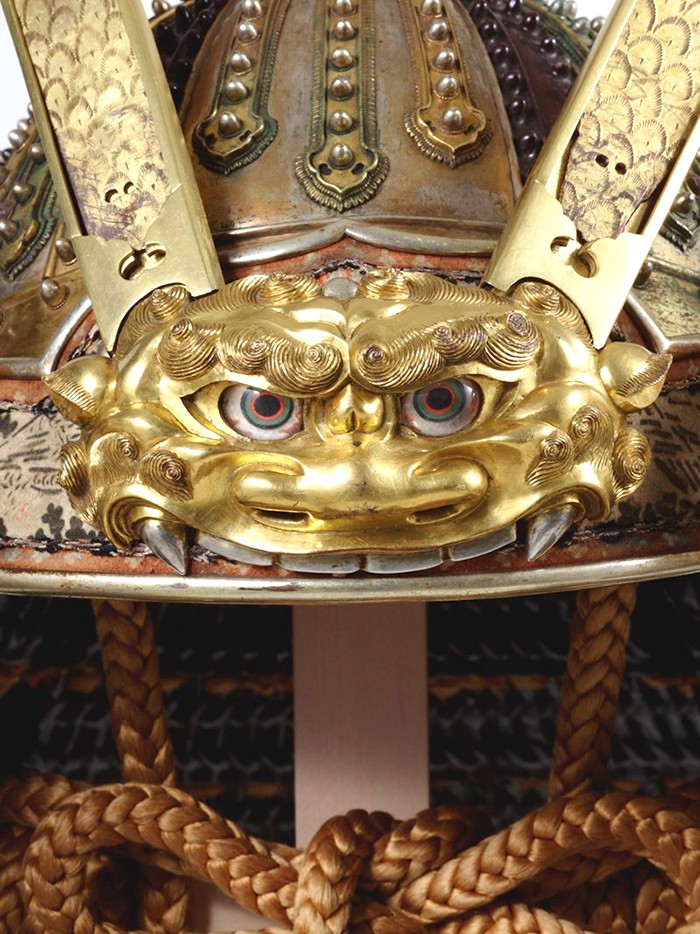
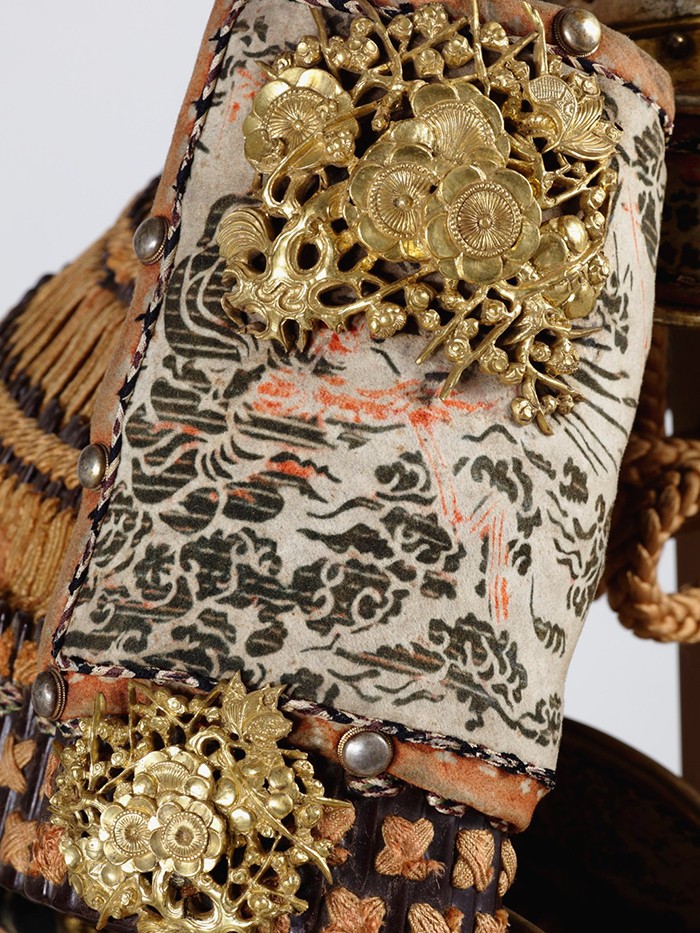
The pair of gauntlets (gloves) were also made in the 13century during the Kamakura period. These were belonged to Yoshitsune.
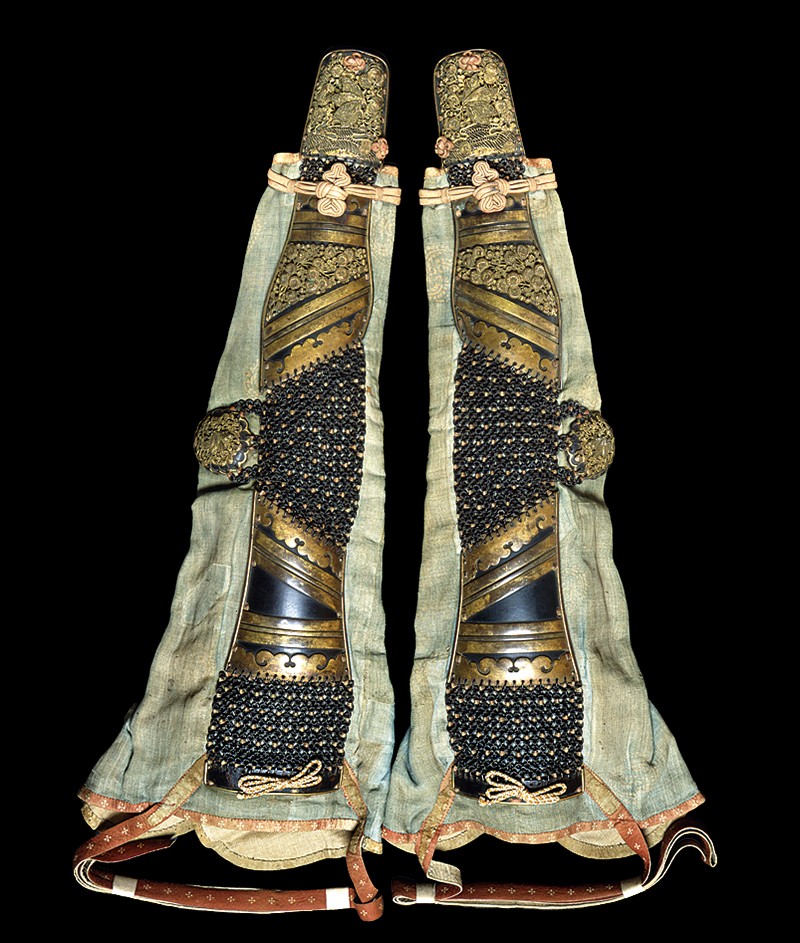
All of these pieces are designated as national treasures of Japan. I was completely overwhelmed by their beauty and historical value. My husband explained me that back then their battle style was a gentleman's way. At the begging of the battles , the commanders introduced themselves each other. Then, they fought against one on one. That's why even though they were wearing such eye-catching armors, other enemies didn't attack them. Before hearing that I had always wondered why those leaders didn't become easy targets from others. Their way of fighting seems very respectful.
I was also amazed by the craftsmanship. I'm very proud of this cultural heritage, and we definitely should keep these traditional skills and pass them to the young generations because it has such long history. I was deeply inspired by the exhibition and would love to paint samurai worriers wearing these armors.
When we left the building, we saw several deer outside. Some were eating grasses and the others were asking food to visitors.
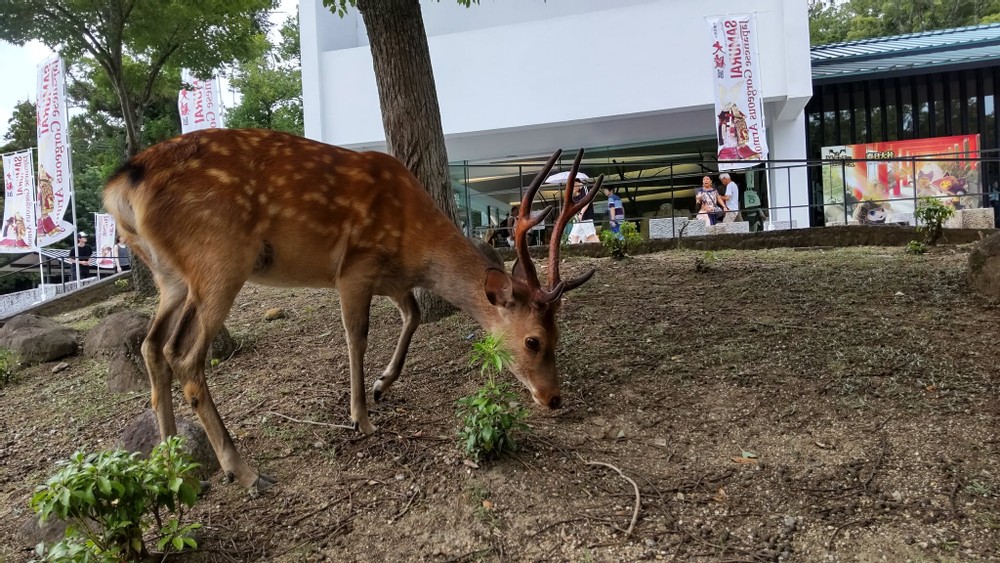
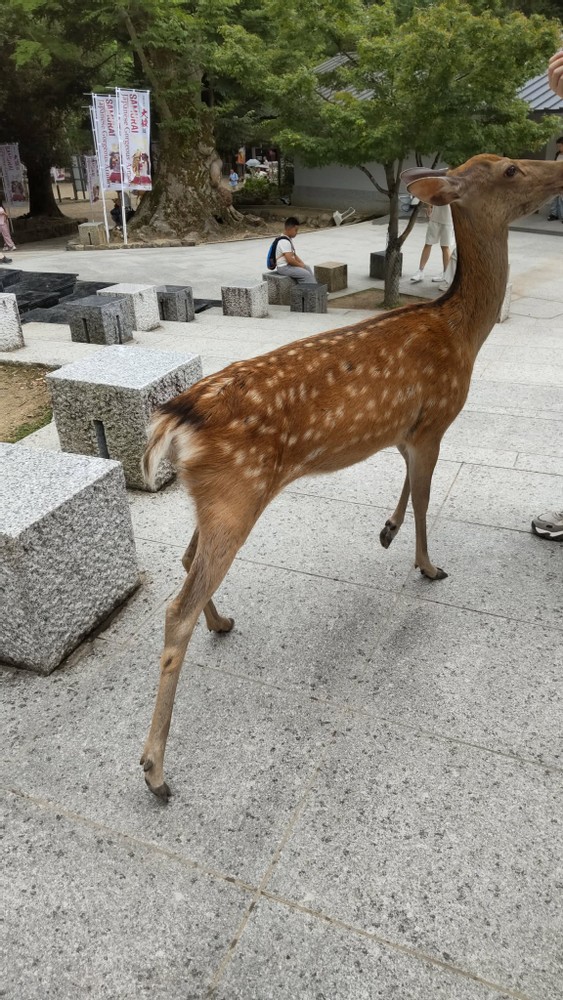
(4954)